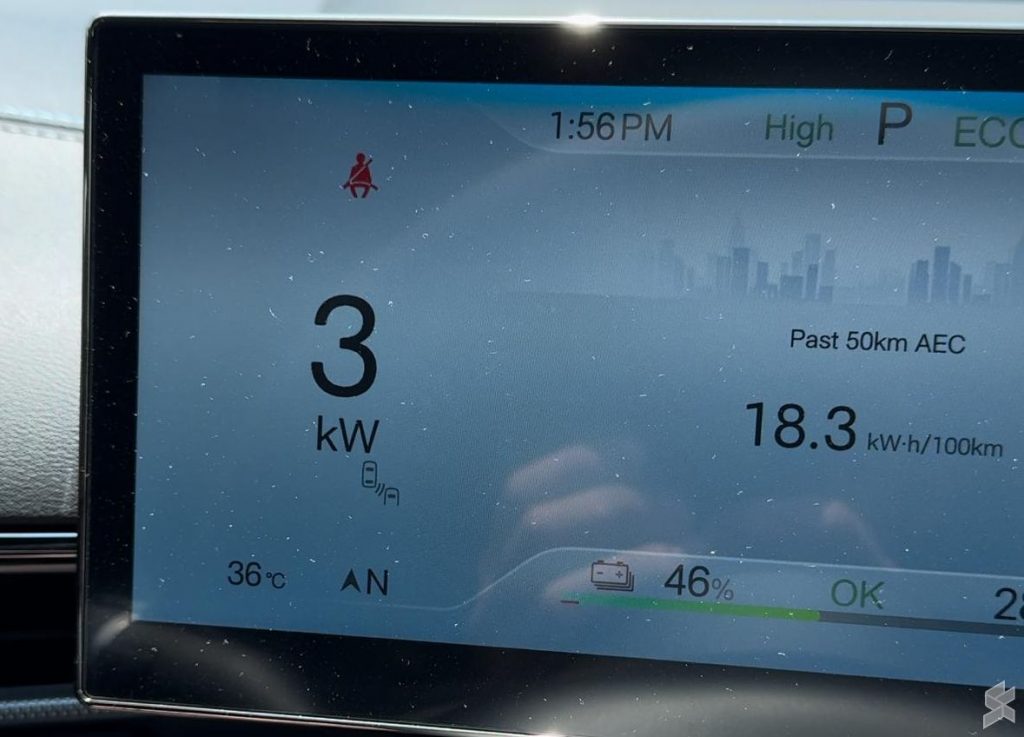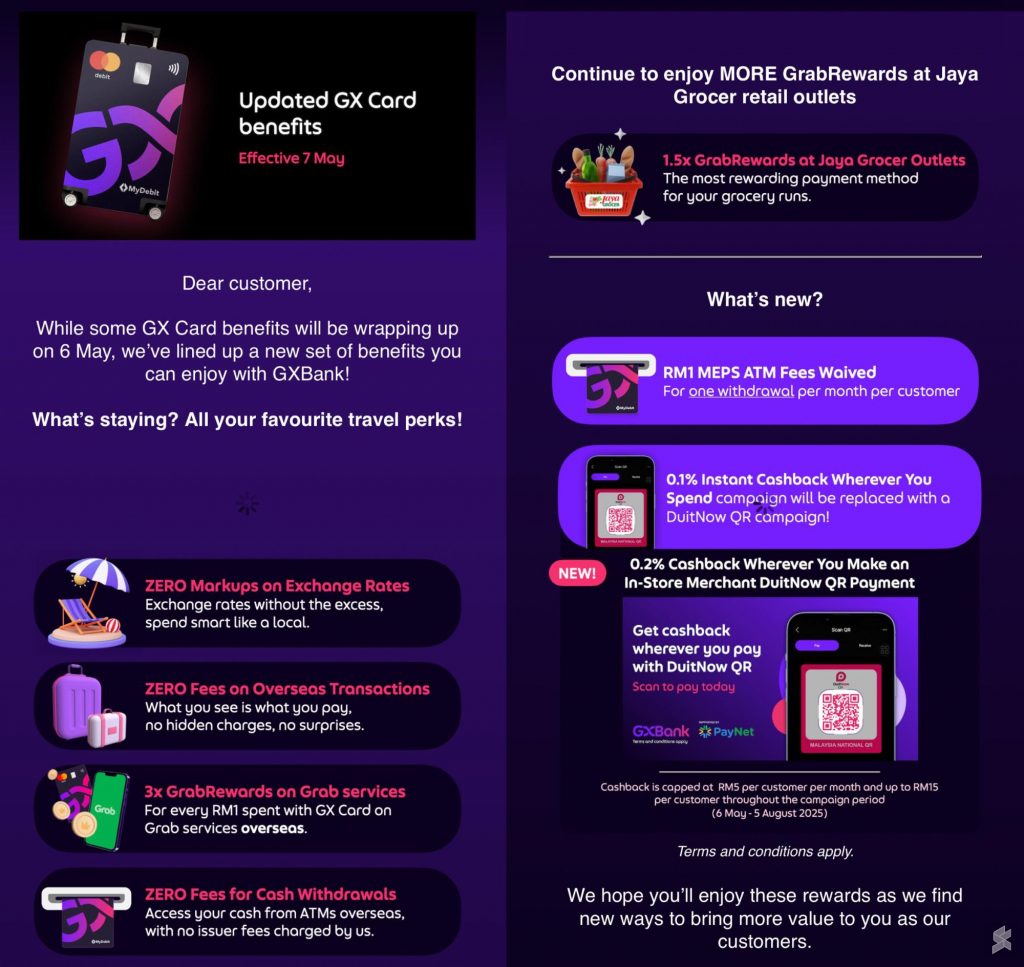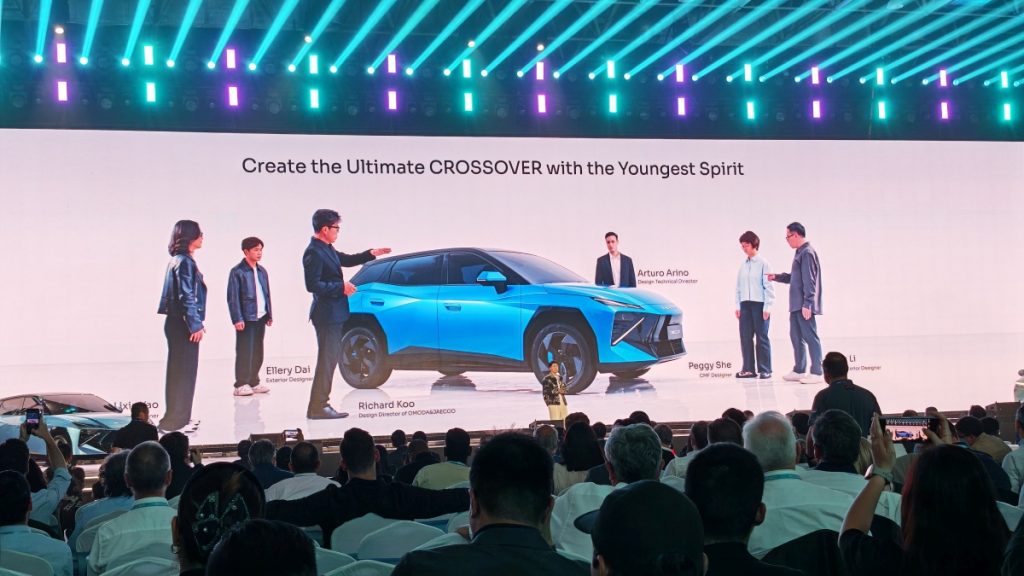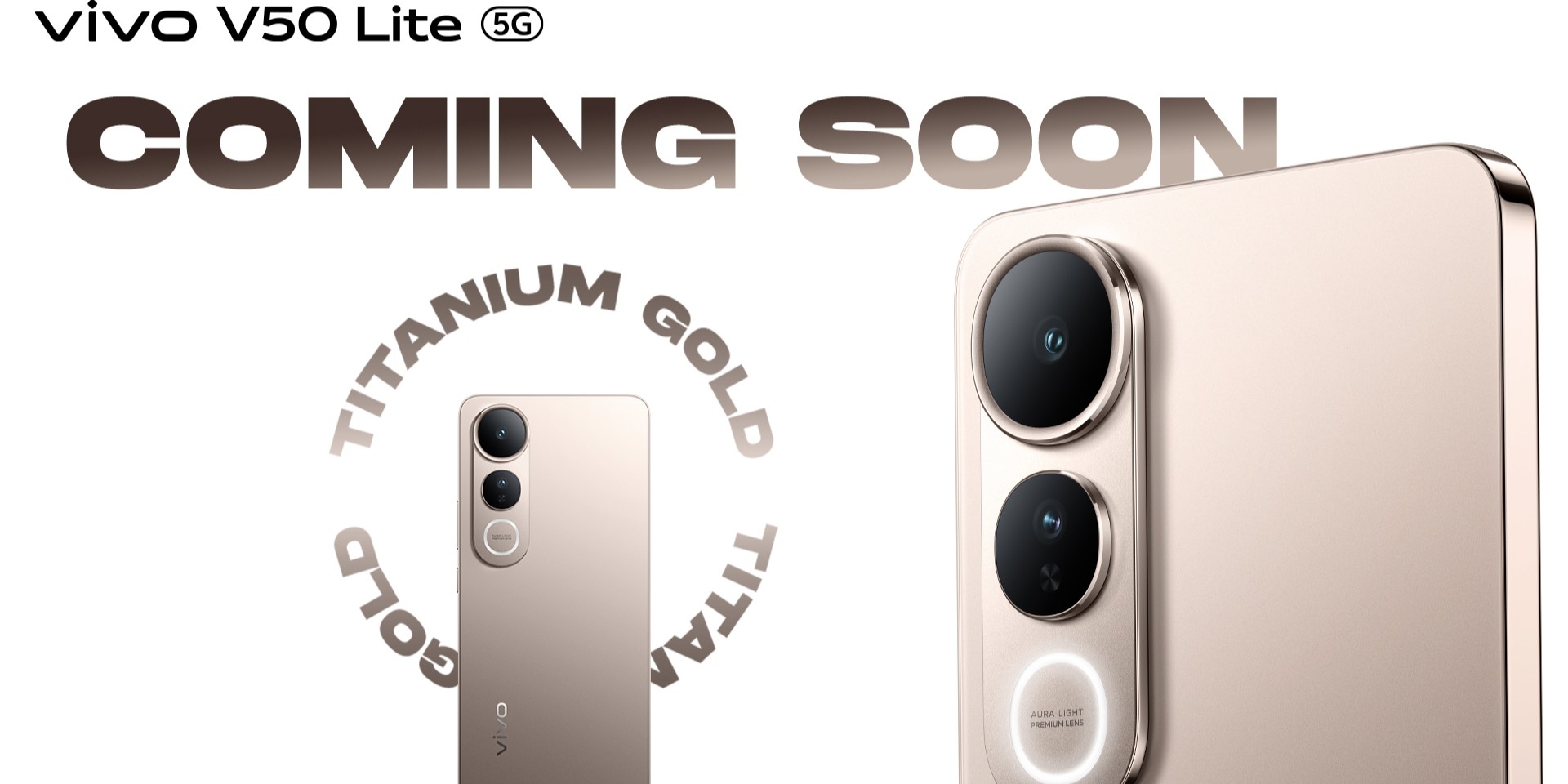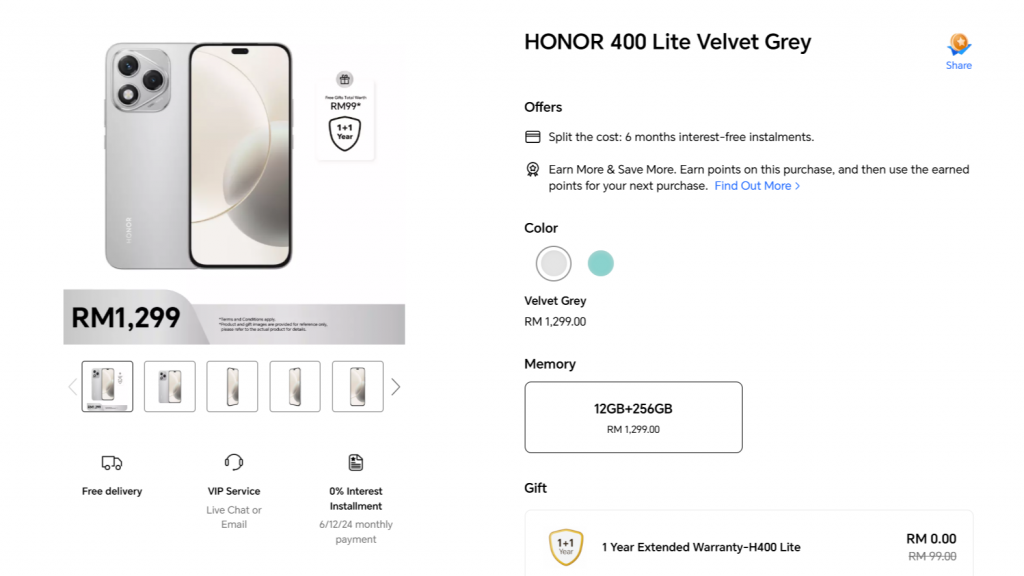If you’ve been following our social media channels such as TikTok, Facebook and YouTube, you would know that we have driven the BYD Seal Premium from Kuala Lumpur to Kota Bharu on a single charge during Raya eve. Interestingly, we received a lot of comments about the efficiency of electric vehicles and some have the impression that EVs would run out of battery quickly during standstill traffic.
So the question is, how much energy does an EV consume during a standstill? Will the EV run out of juice quickly if it is stuck in a jam for 10 hours? We put it to the test with the BYD Seal.
Starting with a 47% charge, we parked the BYD Seal Premium in an open area under a hot sun. The car’s readout is indicating 36 degree Celsius and we left the aircon running in this one-hour attempt. Because of the hot weather, the aircon is working very hard and the instrument cluster indicated 3kW of power utilised to power the aircon and the rest of the car’s electronics.
Mind you that the BYD Seal has a glass roof which isn’t ideal for our hot weather. Thankfully, there’s a sunshade to help to minimise heat from getting into the cabin.
After 23 minutes, the battery dropped by only 1%, which indicates that an EV sips very little energy while at a standstill. Unlike a petrol car where the engine continuously burns fuel, an EV’s motor consumes no power and the battery is only used to run the aircon and electronics.
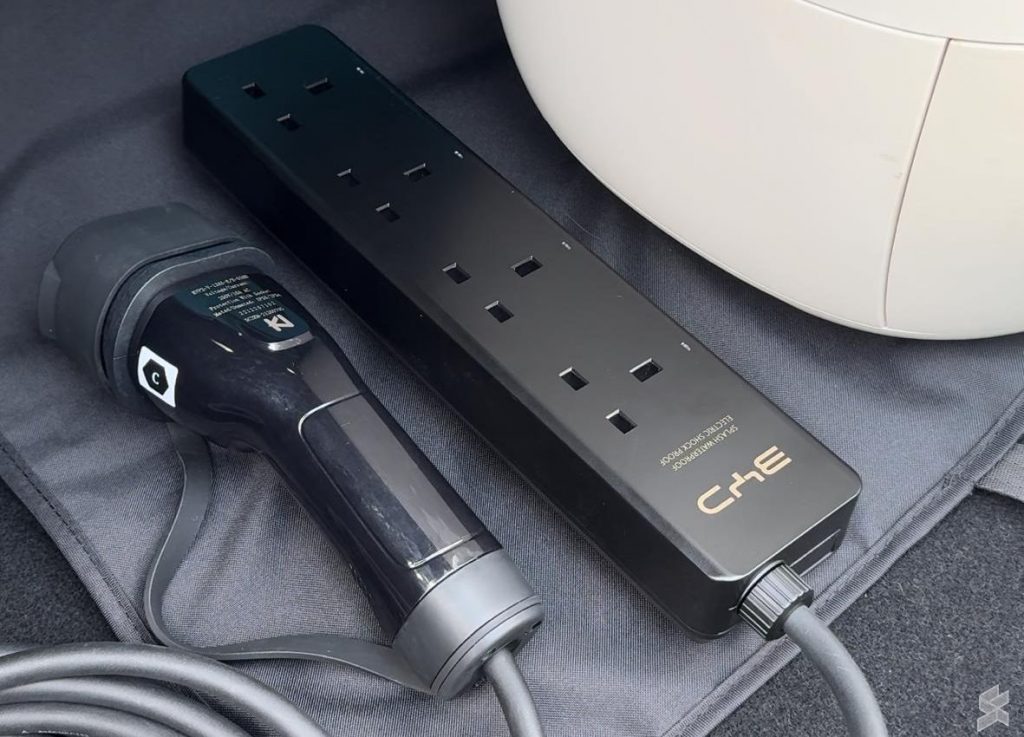
To make things even more challenging for the BYD Seal, we even tried using the EV’s Vehicle-to-Load (V2L) capability. This feature turns the BYD Seal into a giant powerbank as the V2L adapter lets you power home appliances.
For this test, we used the BYD Seal to fry nuggets for 20 minutes with an Airfryer and we also boiled water for coffee with an electric kettle. With V2L enabled, the vehicle has discharged 1.2kWh for these home appliances.
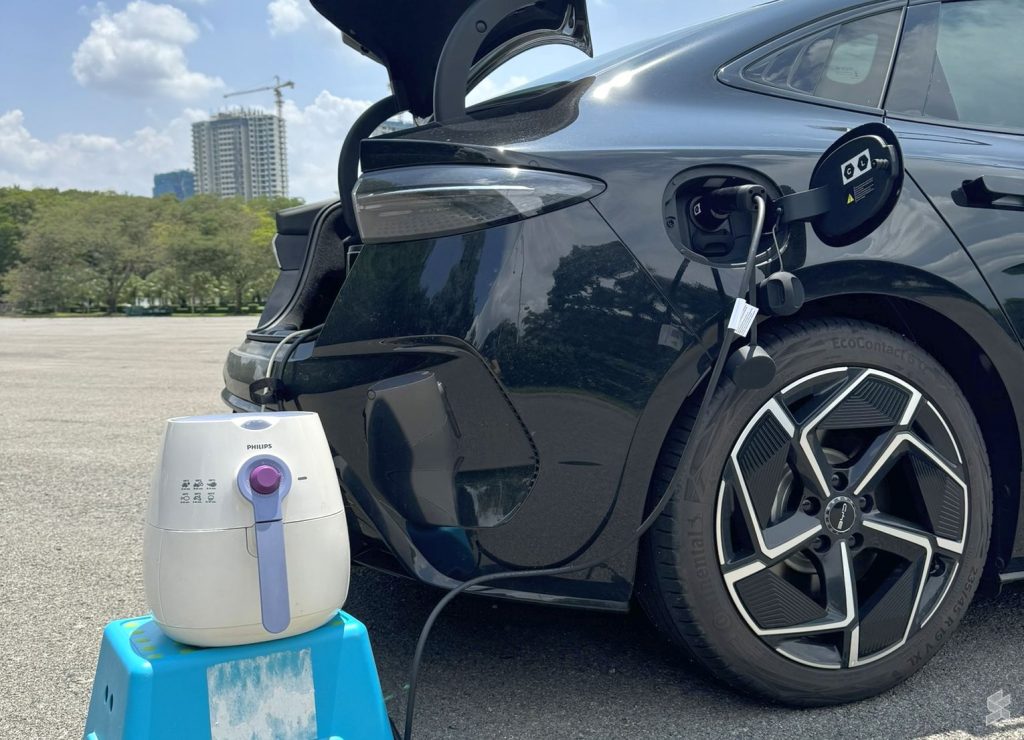
Exactly an hour later, the BYD Seal’s battery dropped to 42%, which is merely 5% of the battery. That means you could technically idle for over 20 hours in an extremely hot weather condition even with the V2L feature in use.
If we break it down, the aircon was drawing 3kW of power (approximately 3kWh energy) and the air fryer and kettle were using 1.2kWh of energy. In total, that’s roughly 4.2kWh which is approximately 5% of the Seal’s total battery capacity.
Realistically, while idling, the aircon uses between 1kW to 3kW depending on weather conditions. Assuming it is only 3kW (3kWh per hour), you could idle for 27 hours on a full charge. If the weather is cooler, you could idle for 80 hours if the aircon only uses 1kW.
As shown above, the BYD Seal uses very little energy during bumper-to-bumper crawling traffic. It uses less than 10kW of power to move the car slowly. When it slows down, regenerative braking kicks in and helps recoup lost energy back into the battery.

